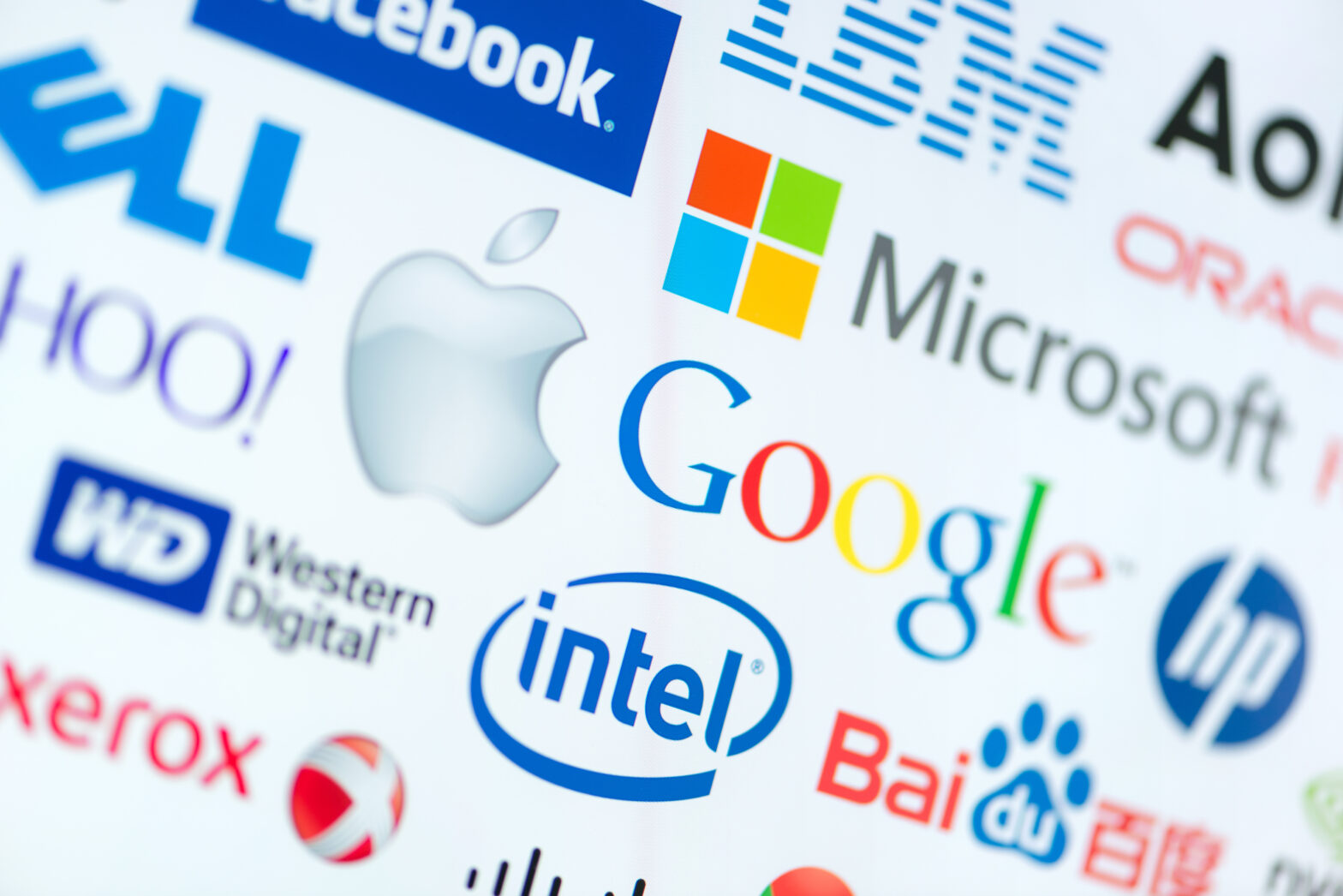In the world of brand naming, one thing is certain. It’s getting harder and harder to find a name, and one that sticks. If a brand name is to work in an increasingly global and mobile marketplace, it has to be easy to say in many languages, and be both memorable and protectable. This is easier said than done.
There was a time when creating a brand name was relatively straightforward. Company brands were most often proprietary, based on the founder’s name. Think Rolls-Royce, Marks & Spencer, J. Sainsbury. These said “we own the business – it’s about us.”
Or they were functional, based on the product being produced. British Tyre and Rubber (BTR) or International Business Machines (IBM). “We do what it says on the tin.”
Devoid of meaning but a classic brand
One man who was definitely ahead of his time was George Eastman. More than 125 years ago George launched a breakthrough in brand naming. Kodak was devoid of meaning but became a classic brand – short, memorable and linguistically universal. For a time it even became a generic as people referred to pocket cameras as Kodaks, building the brand into everyday speech (as also happened later with Hoover).
Eastman started a line in creative thinking that has travelled through the likes of Xerox (which does at least have a meaningful root of sorts) and is still with us today, Google probably the best known example.
>See also: Capturing the talent that can monetise big data
As millions of new start-ups are formed on a daily basis across the globe – there were over 60,000 new companies registered in the UK alone in March – it is not surprising that so much attention is given to company names.
Developing a brand name, however, takes something extra. Relationships between companies and customers have changed. Customers today may feel a symbiotic ownership of the brand. Just look at customers’ reaction to the launch of a new product from Apple. Here there is a powerful collective customer identification with the brand.
Indeed over the last 20 or 30 years we’ve seen companies adopt a number of different strategies to connect strongly with their customer base. First off international companies started to adopt what I would call a classical style – Invensys or Capita – which said “we don’t just speak English.”
Is conceptual the way forward?
Some turned to a more conceptual approach – Virgin, O₂. “We’re an idea.” Other companies wanted to stress the experience customers would enjoy from their products – think Pure, Innocent. “We’re about feelings, not just products.”
Registering a brand name as intellectual property (IP) is no mean feat. Taking a UK registered name into the rest of Europe and across the world means applying for a CTM (Community Trade Mark) from OHIM (Office of Harmonisation of Internal Markets) and then making an application to WIPO (World Intellectual Property Organisation). That’s to find out whether anyone is likely to object to your shiny new brand name for infringing their own IP.
These services are available online and the internet means any business or product name can be launched internationally from the outset with web domains and social media tags becoming an essential part of the branding process.
And so we come to the digital age where naming trends have proliferated to give the impression “we’re virtual and cool or street smart”. Two names banged together at least reflects earlier computer code that didn’t allow for spaces – FaceBook, YouTube, PayPal and DropBox.
>Related: Learning can outpace market change in growing businesses
Some names arose out of blended words such as Wikipedia and Instagram. Others rather liked dropping vowels to appear up to the minute – Flikr, Tumblr. Yet another cool group added a suffix to create the likes of Napster and Spotify.
Research isn’t infallible
Despite comprehensive research, things can still go wrong in the name game. Witness mobile phone company “Everything Everywhere” which after its initial launch was renamed “EE”.
What next? Brand names, like everything else, are subject to fads and fashions. A trend most probably driven by a shortage of unique memorable short names available as urls or to trademark, is the use of memorable phrases as brand and product names. Examples include ‘‘I can’t believe it’s not butter’ and ‘We buy any car’.
Some of the most effective trading names today can be found among independent shops and service providers in our High Streets and markets. They are simple, relevant and often humorous, backed by appropriate logos and signage.
Jack the Clipper (a Brick Lane barber shop), Cereal Killer Café (unconnected to the barber shop, it specialises in a wide range of cereals), Bird (a chicken restaurant), the Good and Proper Tea Company (a tea shop), Pieminster (a pie shop in Borough Market).
These names may bring history and heritage, a smile, but above all they are simple, relevant and memorable, and they connect directly to their customers. Just what a brand name is supposed to do.
Industry is an international strategic brand consultancy. It helps organisations to build brand advantage and deliver a compelling proposition to market.






